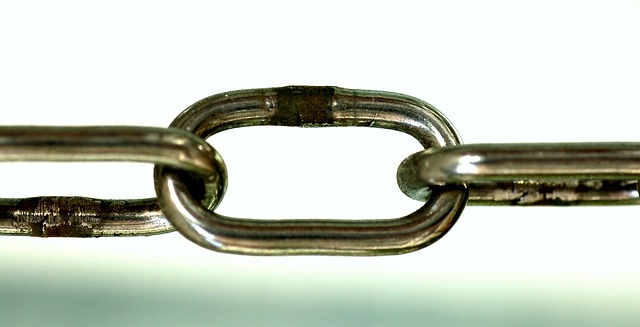
One of 2016’s more notable surprises was the selection, in April, of French shipbuilder DCNS as the principal partner to design and build Australia’s future submarines. Few Australians would have anticipated that outcome, but it’s among the more reassuring developments of the past year, because we’re able to manage its consequences. But this isn’t to say that handling deeper cooperation with France won’t require renovation in policy or in conventional thinking.
Australian–French strategic cooperation has grown steadily, from the signing of the FRANZ agreement on Pacific disaster relief in the early 1990s, to the establishment of the biennial ‘Croix du Sud’ multinational military exercises in New Caledonia, and the forthcoming Mutual Logistics Support Agreement, which will grant Australian forces regular access to French Pacific military bases.
But the 2016 submarine decision has taken Australian–French cooperation beyond logistics into unfamiliar territory. It challenges a notion that, despite formal acknowledgement of broad like-mindedness, and despite a rapprochement after decades of wariness over French policies in the South Pacific, Australia and France are too far outside each other’s spheres of understanding to collaborate in more sophisticated ways.
The submarine contract isn’t just any defence procurement effort. It might be Australia’s largest, with a projected cost of $50 billion and a rolling build planned to last until 2050, but as a commercial materiel project it’s essentially no different from the selection of Spanish company Navantia to build the Navy’s replenishment ships, or even the engagement of local Australian shipbuilder Austal to replace the Pacific patrol boats.
What distinguishes DCNS is that it’s the only shipbuilder working on or seeking Australian naval contracts (such as Navantia, or Italy’s Fincantieri) that’s majority-owned by a power with strategic as well as commercial interests in Australia’s region. Behind DCNS’ bid for the contract are the larger needs of the French State, which regards closer security ties with Asia–Pacific countries as major opportunities for economic gain in otherwise difficult times.
It was another of 2016’s surprises to see France’s territories New Caledonia and French Polynesia (which are literal extensions of the metropole) admitted as full members of the Pacific Islands Forum, which affords France unprecedented opportunities in regional trade and multilateral investment. This was the culmination of a marked change in French Pacific strategy, which was previously strongly individualistic and isolationist. Even if concerns linger over the question of the territories’ possible independence, the PIF’s acceptance of French membership signals a consensus that France now contributes credibly to Pacific governance and development, and that it intends to increase the returns on its investment.
We begin 2017 having to deal more closely with a France that sees distinct advantages in our sensitive submarine contract and an influential role in the PIF. How do we ensure that our interests, too, are well served?
In December 2016, Australia and France signed a treaty that redefined the ways in which we share classified information. The treaty sets standards for mutual recognition of classification categories and security clearances, as well as determining the responsibilities of government agencies and contractors collaborating on sensitive projects. In the short term, this streamlining will facilitate work on the submarines, but the Australian and French governments’ Joint Media Release indicates that the treaty enables cooperation across a much wider range of security issues.
There’s been no statement on what these future areas of cooperation will be, but it’s reasonable to envisage that one priority might be to facilitate further the exchange of counterterrorism officers—an initiative between Australia and France which began in 2015. Convergences of interest on areas like counterterrorism allows Australia a mechanism to chart a course for the bilateral security relationship on terms we can negotiate systematically and with legal force. We can look our partner in the eye and make reasonable requests.
At the same time, the treaty complements an agreement signed in January 2017 between Flinders University and four French schools of engineering, to begin collaboration on research projects supporting submarine-building.
The types of expertise that Australian and French government agencies and high-tech industries can now share, the regulations governing those exchanges, and the numbers and diverse roles of the specialists involved, are acquiring institutional shape and depth. In the longer term, that will allow us to exercise our like-mindedness to a far greater degree. It’s an opportunity to redress a long Australian neglect of the French world-view, which we’ve not invested in considering whole. If nothing else, broader access to what France is thinking will help to relieve any friction that may also lie ahead.
The consequences will be gradual and the bilateral relationship is unlikely to become as intense and all-embracing as the one we share with, for instance, the United States. But as unexpected and unorthodox as those changes may be, they demonstrate that Australian–French bilateralism is building a strategic partnership of real consequence. It’s one area of foreign policy in which 2017 is off to a reasonable start.

